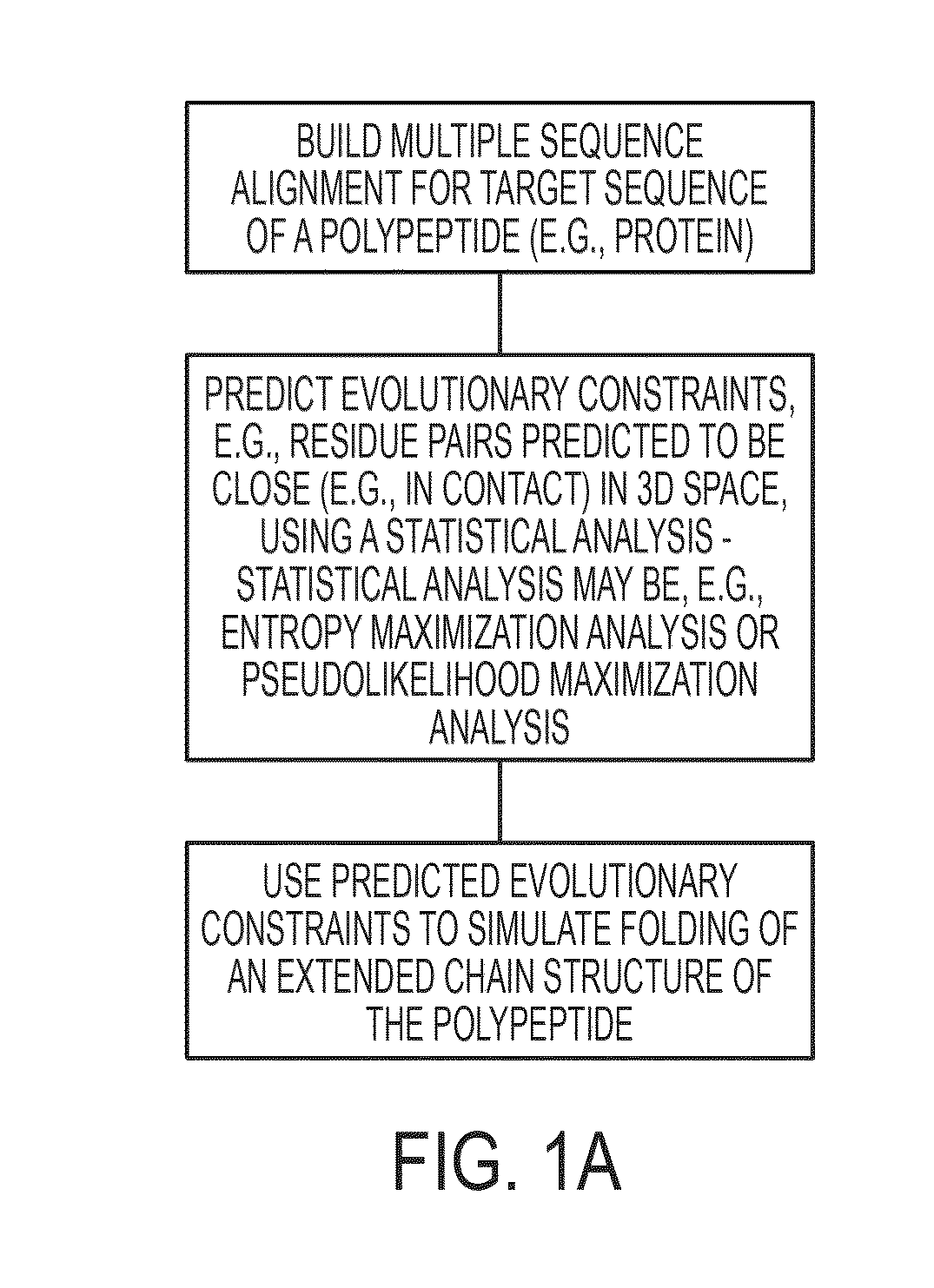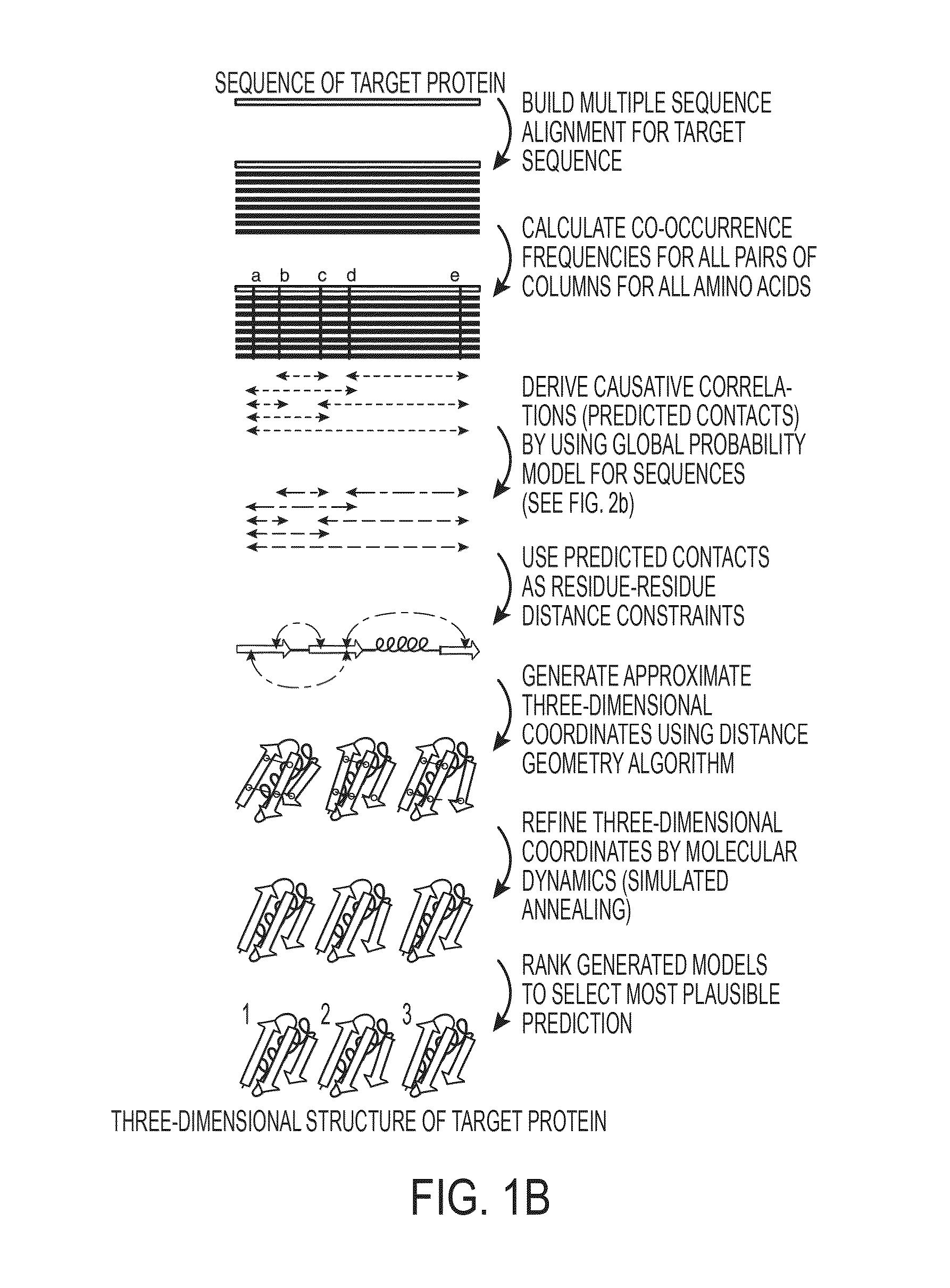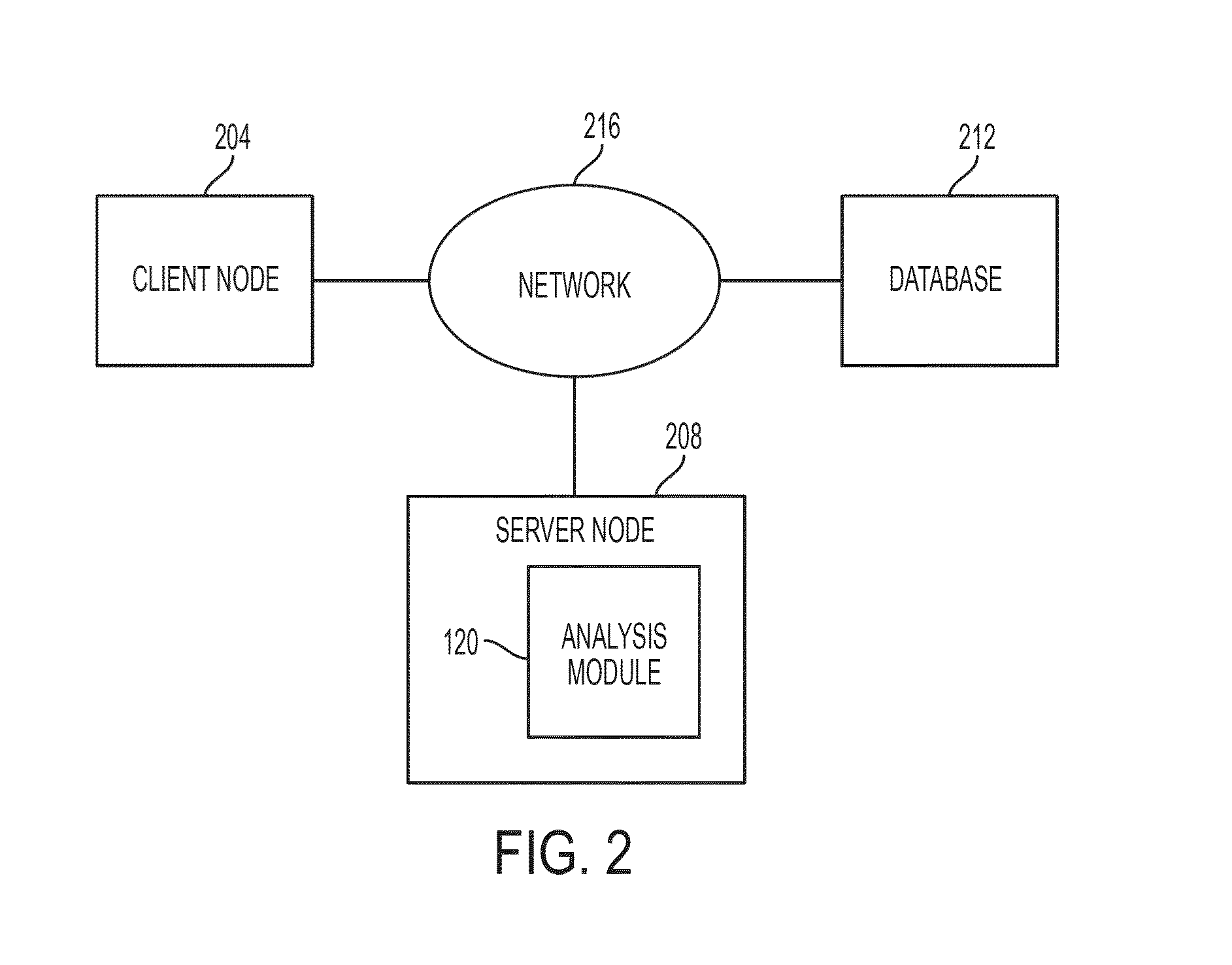Methods and apparatus for predicting protein structure
- Summary
- Abstract
- Description
- Claims
- Application Information
AI Technical Summary
Benefits of technology
Problems solved by technology
Method used
Image
Examples
example 1
Prediction of Three-Dimensional Structures of Membrane Proteins
[0177]Reported here is the development and use of a method, EVfold_membrane, which enables de novo prediction of 3D structures of unknown α-helical transmembrane proteins from evolutionary constraints, using neither fragments, threading, nor homologous 3D structures. The structures of 11 transmembrane proteins of unknown structure were predicted, including six pharmacological targets (FIG. 3, Table 1). To verify that predicted structures were plausible, the structures of a diverse set of 25 transmembrane proteins with known 3D structures (Table 1) were predicted using EVfold_membrane, and an unprecedented level of agreement was found with the cognate crystal structures (TM scores>0.5 for 22 out of 25 of the benchmarked proteins). Functionally important regions of each protein were more accurately predicted than the protein as a whole, and residues that are subject to multiple pair constraints tended to be in substrate bi...
PUM
 Login to View More
Login to View More Abstract
Description
Claims
Application Information
 Login to View More
Login to View More - R&D
- Intellectual Property
- Life Sciences
- Materials
- Tech Scout
- Unparalleled Data Quality
- Higher Quality Content
- 60% Fewer Hallucinations
Browse by: Latest US Patents, China's latest patents, Technical Efficacy Thesaurus, Application Domain, Technology Topic, Popular Technical Reports.
© 2025 PatSnap. All rights reserved.Legal|Privacy policy|Modern Slavery Act Transparency Statement|Sitemap|About US| Contact US: help@patsnap.com



